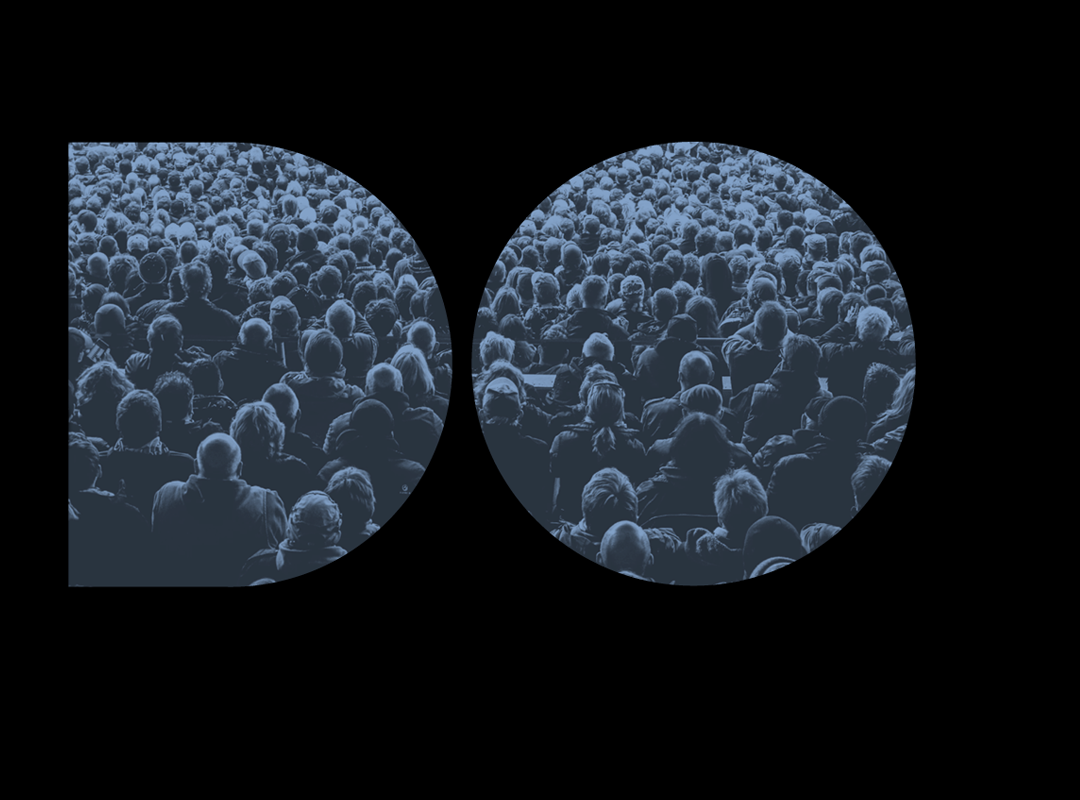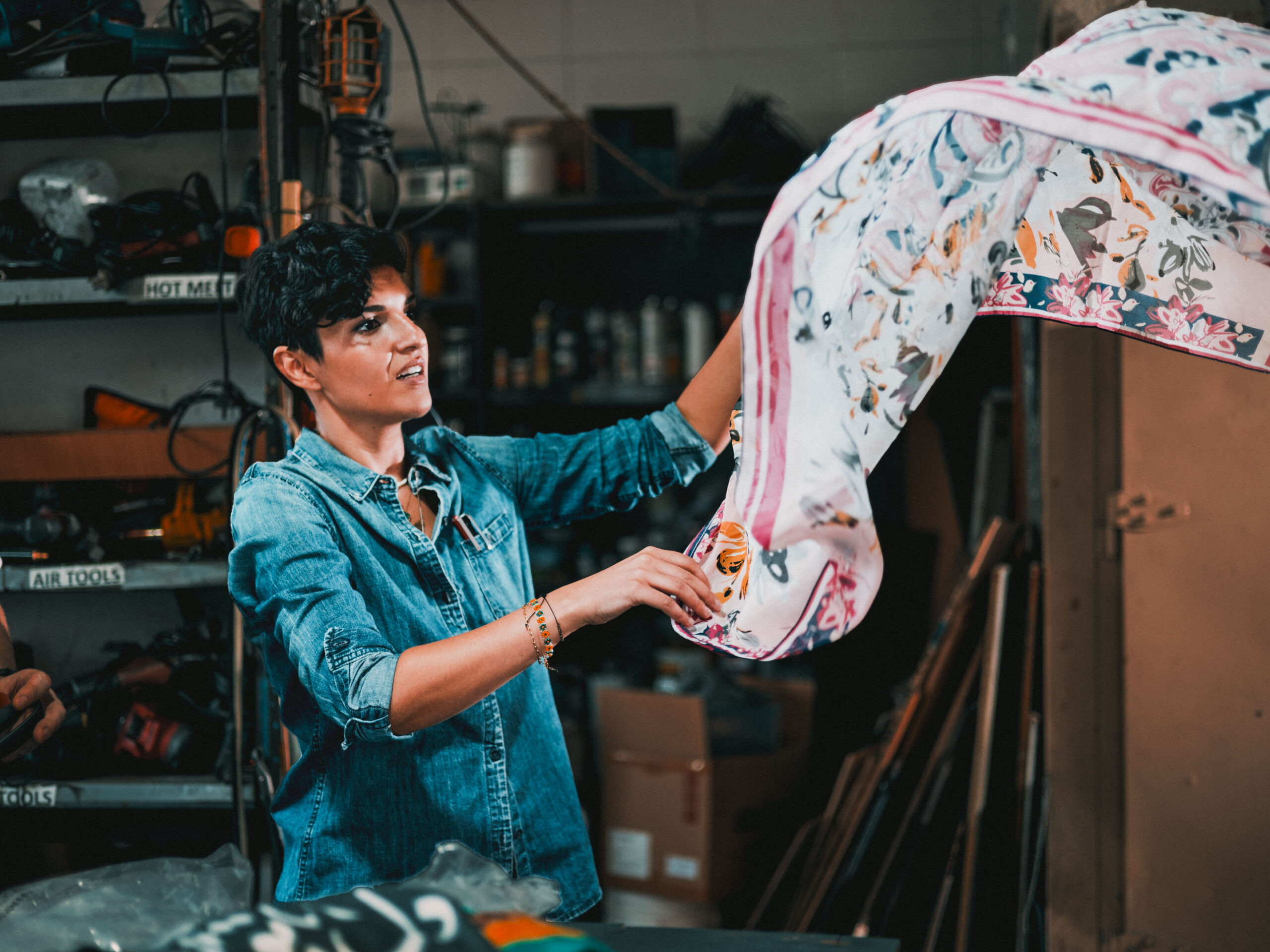
July 29, 2009
Jan Tschichold — Master Typographer
Jan Tschichold was one of the most distinguished typographers of the last century, and has had many admirers, among whom he himself was not the least. His work has been described and illustrated in his own publications and those of Ruari McLean, who was also responsible for the translations into English of his two chief books of instruction, Die neue Typographie (The New Typography, 1928) and Typographische Gestaltung (Typographic Design, published in English as Asymmetric Typography, 1935). Since his death in 1974 there have been a number of specialist publications, including a collection of essays in German and in English translation. In the last couple of years, however, there has been a revival of interest, with Christopher Burke’s exemplary Active Literature, which deals with Tschichold’s modernist work between 1923 and the mid-1930s, and Richard Doubleday’s The Penguin Years, on his post-war design for Allen Lane. Doubleday is a contributor to the volume under review, and several of the other contributors collaborated on a recent book of Tschichold’s posters.
Jan Tschichold — Master Typographer: His life, work and legacy is, as its title suggests, intended as a tribute to its subject, but it is one which would have displeased him greatly.
The book, edited by Cees W. de Jong, is lavishly illustrated, and the plates are well reproduced, but we get no sense that anyone actually thought very much about their selection or their placing. There is a welcome series of illustrations of the 1930 manual Eine Stunde Druckgestaltung, showing the cover, seven spreads, and even the order form. It gets only a brief mention, however, in Alston Purvis’s discussion of the modernist work, and appears facing the reference to the first manifesto of five years before, the special supplement to the trade journal Typographische Mitteilungen called “elementare.” This important document is illustrated several pages earlier, with only the cover and two spreads shown. Similarly, Tschichold’s best-known book, Die neue Typographie, is illustrated with only two spreads, 50 pages after its mention in the text. The most extreme case is that of Typographische Gestaltung. Here the brief discussion in the text comes 75 pages before the copious illustration. Fifteen spreads, and the jacket and the binding are shown, followed by fifteen more spreads of the Dutch edition, which includes a duplicate of one of the German ones. (The captions of both editions have the title spelled in the Dutch manner with an f instead of ph.)
Observed
View all
Observed
By Sebastian Carter
Related Posts

Arts + Culture
Nila Rezaei|Essays
“Dear mother, I made us a seat”: a Mother’s Day tribute to the women of Iran

The Observatory
Ellen McGirt|Books
Parable of the Redesigner

Arts + Culture
Jessica Helfand|Essays
Véronique Vienne : A Remembrance

Design As
Lee Moreau|Audio
Announcing: Design As Season Two
Recent Posts
“Dear mother, I made us a seat”: a Mother’s Day tribute to the women of Iran A quieter place: Sound designer Eddie Gandelman on composing a future that allows us to hear ourselves think It’s Not Easy Bein’ Green: ‘Wicked’ spells for struggle and solidarity Making Space: Jon M. Chu on Designing Your Own PathRelated Posts

Arts + Culture
Nila Rezaei|Essays
“Dear mother, I made us a seat”: a Mother’s Day tribute to the women of Iran

The Observatory
Ellen McGirt|Books
Parable of the Redesigner

Arts + Culture
Jessica Helfand|Essays
Véronique Vienne : A Remembrance

Design As
Lee Moreau|Audio
